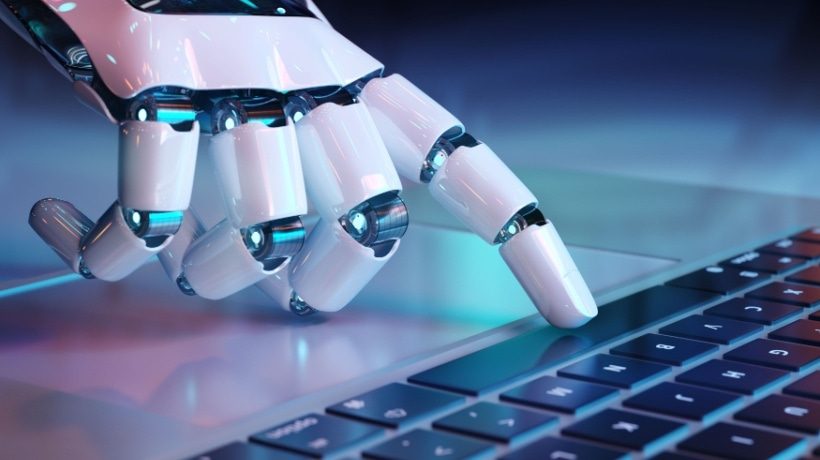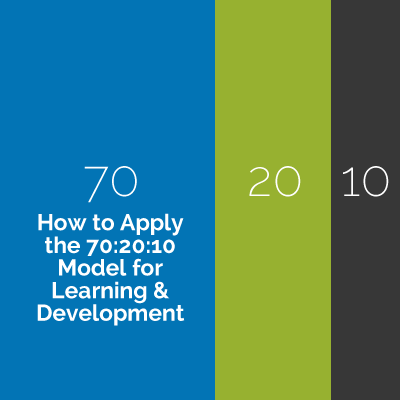What's The 70-20-10 Model Of L&D?
Have you ever taken a course and spent weeks or months studying only to realize that not much of that information can be used in real life? That's because traditional learning, often requiring people to sit in a classroom or watch a video lecture, is not always enough. It gives us knowledge but doesn't always help us apply it. That's where the 70-20-10 model of Learning and Development (L&D) helps, especially for remote workers. It's a learning approach that enables learners to gain skills in a way that's meaningful and applicable to real life. The best part of this is that it's completely aligned with the way we naturally learn, which makes it stand out from other learning theories.
How does it do that? Instead of focusing on formal education, it emphasizes learning by doing and learning from others. Basically, the 70-20-10 model of L&D claims that we learn best 70% from experience, which involves actually working, solving problems, and experimenting; 20% from social interactions through mentors, feedback, and conversations with others; and 10% from formal education, which means courses, workshops, and training. This makes learners more active in participating in their growth journey, which ultimately helps them gain skills faster, retain knowledge longer, and become more adaptable in any role, industry, or challenge they face.
This model was based on a survey conducted in 1996 asking nearly 200 executives to report how they believed they learned. [1] Most of them answered that they did it from hands-on experience rather than traditional education. Since then, it's been widely used by companies and instructors of all industries to develop skills that actually stick. Below, we will break down the concept of the 70-20-10 model of L&D and see why it's relevant and even necessary for remote work.
The Key Components Of The 70-20-10 Model Of L&D
70% Learning By Doing
When we think about the biggest lessons we've learned in life, they most likely didn't come from reading a textbook or sitting at a lecture. They probably came from actually doing something, making mistakes, and eventually figuring things out on our own. That's exactly why, according to the model, 70% of our learning happens through hands-on experience. Whether it's at work, school, or even in daily life, the best way to truly understand something is to experience it yourself.
Why does this work, though? When people learn by doing, their brains work more deeply on the concept. Learners have to solve actual problems, face challenges, adapt, and think critically. And all these skills can't be enhanced just by reading about them. Of course, mistakes are bound to happen. But experiential learning sees them as lessons, as every time someone fails, they know better next time and get closer to developing their skills. So, the key to a successful experiential learning experience is to encourage learners to take on new challenges and difficult tasks that will require them to use their problem-solving skills and apply them in similar situations in the future.
20% Learning From Others
Have you ever had a conversation that completely changed your perspective? Maybe a tip from a colleague that made your work easier or a comment from a mentor that helped you become better. This is why social learning is important and takes up 20% of the 70-20-10 model. Learning is closely related to the groups we belong to. We gain knowledge faster when we listen, ask questions, and exchange ideas with others. This could be through formal mentorship programs, casual discussions among peers, or even feedback from a manager.
Social learning helps learners grow faster because it gives them real-world information, coming from people with real experiences, that often can't be found in textbooks or courses. For instance, a seasoned colleague who has been in your industry for years can share secrets and lessons you wouldn't find in a training manual. Then, social learning is a feedback hub, which makes you better and better. Not to mention that it's a source for networking, as conversations can lead to job or collaboration opportunities.
10% Formal Learning
Although sometimes dull, formal learning, such as courses, training programs, books, and workshops, gives us the foundations we need. It teaches us about industry standards, best practices, and fundamental theories. For instance, doctors can't just "learn by doing" without first understanding anatomy. And marketers need to actually study case studies and strategies to make better decisions. This is why the 70-20-10 model of L&D includes it in its 10%.
However, knowledge on its own isn't enough. Courses and books don't make someone a pro if they're not combined with real-world application (70%) and social interaction (20%). Formal learning is the guide towards a skill, but the real skill comes from actually doing work and getting feedback on it.
Why Is It Necessary When Working Remotely?
Accommodates Remote Work
As remote and hybrid work environments become more popular, it's only logical that traditional corporate training methods, like in-person workshops and onboarding sessions, aren't suitable for a virtual setting. Where does the 70-20-10 model of L&D come in? When working remotely, most of your learning doesn't come from courses or training but from doing the work (70%). You figure things out by experimenting and adapting to new tools, processes, and responsibilities.
But that doesn't mean you're on your own. Learning from others (the 20%) is just as important. Whether it's through online mentorship programs, Slack conversations, or team meetings, social learning still happens. And then there's the classic, structured training (the 10%). These are the online courses, webinars, and certifications that help with skill gaps. While formal learning is valuable, relying on it too much can be a mistake, especially in a remote environment where engagement can be lower if learning is too formal or irrelevant to the real job.
Helps Employee Engagement
Working remotely has its perks, like avoiding long commutes, wearing comfortable clothes, and organizing your schedule and your day the way you want. However, when it comes to Learning and Development, it can be hard to stay engaged without conversations, in-person training sessions, or watching and learning from others naturally. The 70-20-10 model emphasizes learning through experience and interactions, even in a virtual setting.
The 70% experiential learning happens with daily tasks and new challenges and projects that actually help you build your skills. Meanwhile, the 20% social learning keeps you connected with others through team brainstorming sessions via Zoom or by asking colleagues how they handle a specific problem. And, of course, the 10% formal learning is still there for guidance, but it's enhanced with real-world application, making it far more effective.
Encourages Self-Paced Learning In Remote Teams
One of the best things about remote work is flexibility. But that also means learning is in your hands. Thankfully, the 70-20-10 model helps with that by encouraging self-paced learning that actually fits into your schedule. Since 70% of learning happens through experience, this means you're learning new skills just by doing your job. Then, there's the 20%, where learning happens from others online, helping you grow on your own time. Finally, the 10% of formal learning, such as courses, webinars, and training, lets you gain knowledge that's relevant to your needs and interests. With remote work, you get to choose when and how you learn, so when you combine it with the 70-20-10 model of L&D, you get the perfect self-paced learning journey.
Conclusion
How much of the information we gain from traditional learning do we actually remember and apply? The truth is that real learning happens when we do the work, talk to others, and get guidance. That's exactly why the 70-20-10 model works so well. The key to applying it in remote settings is to make it intentional and build it into your daily life.








